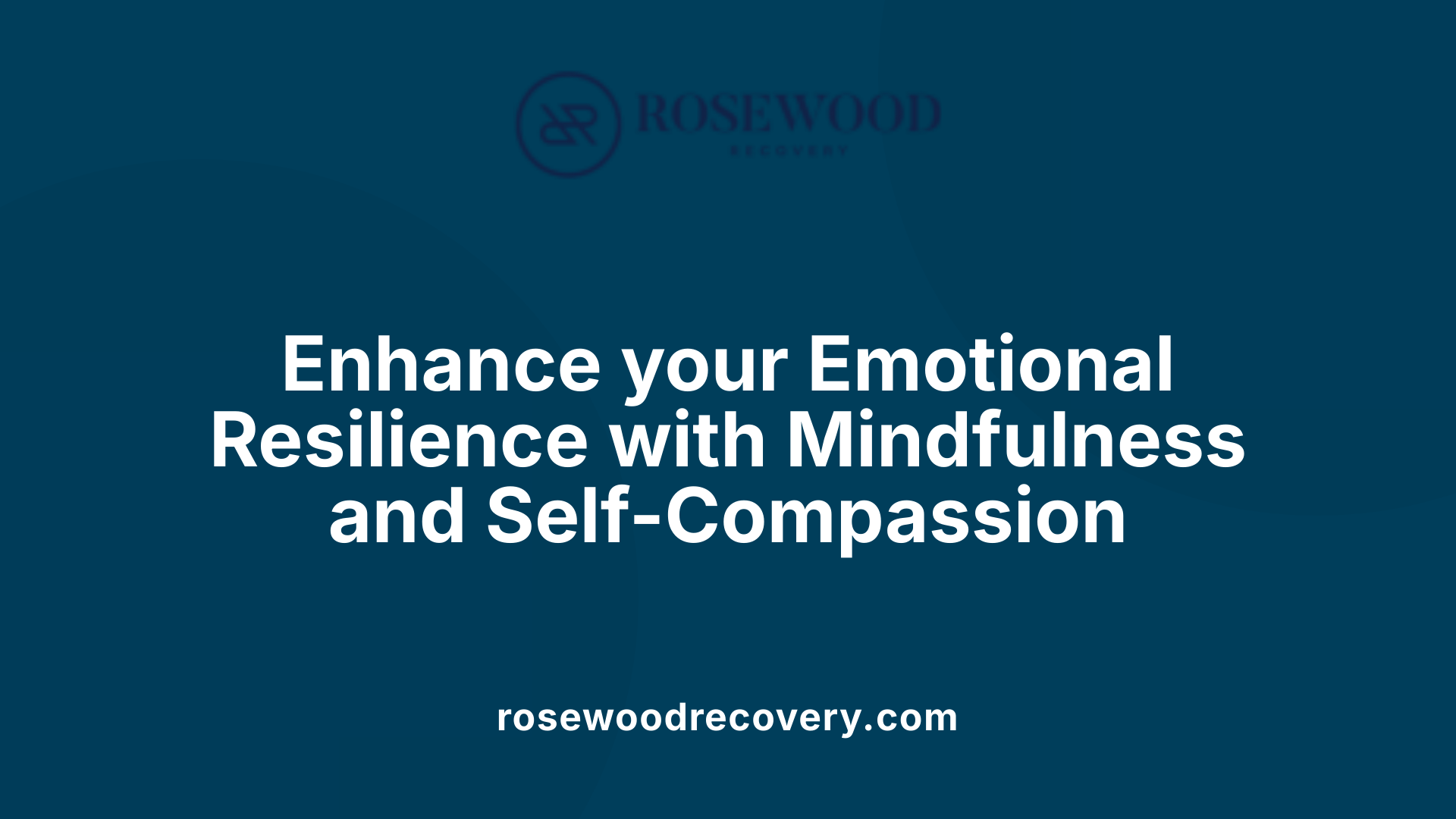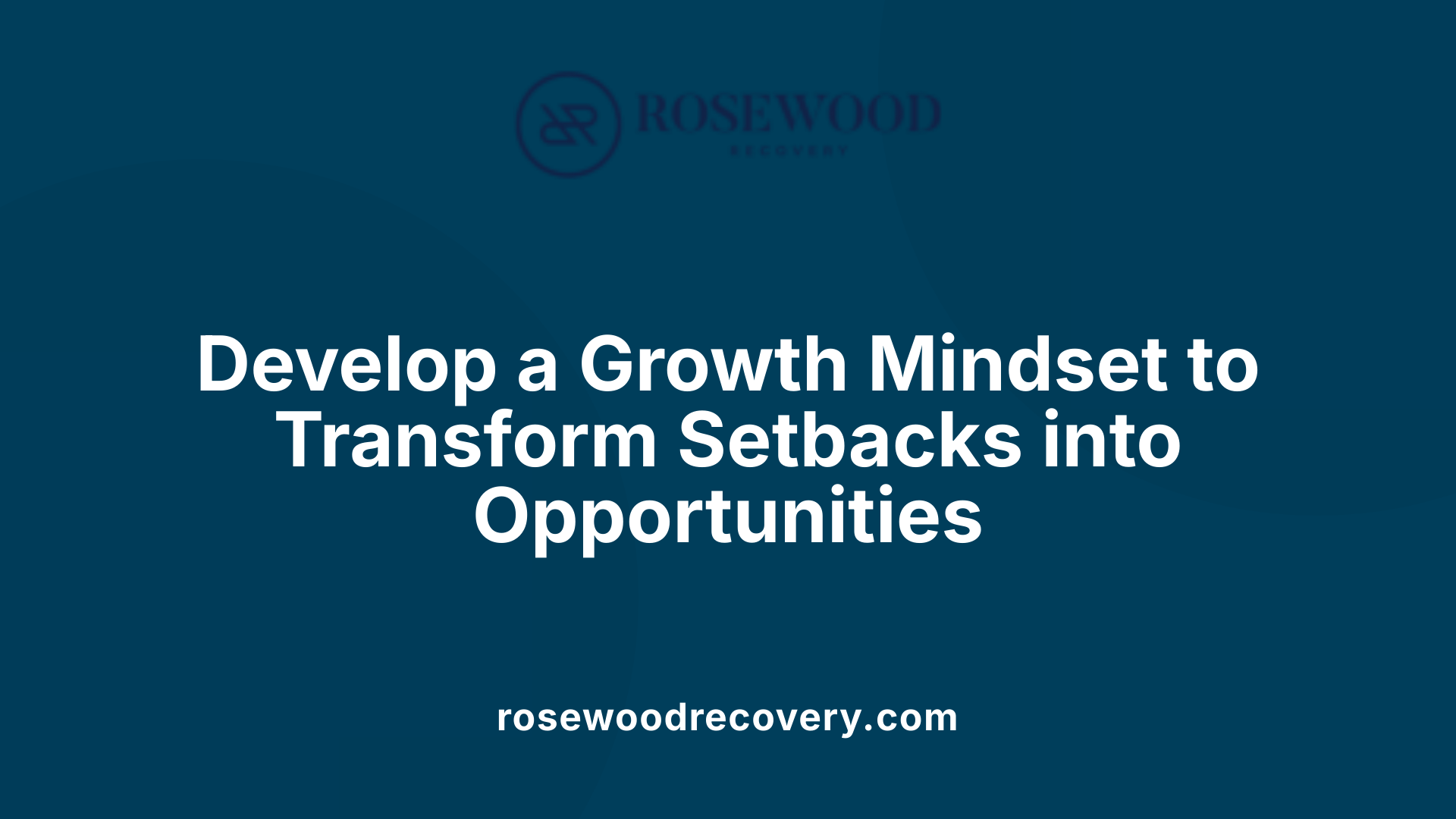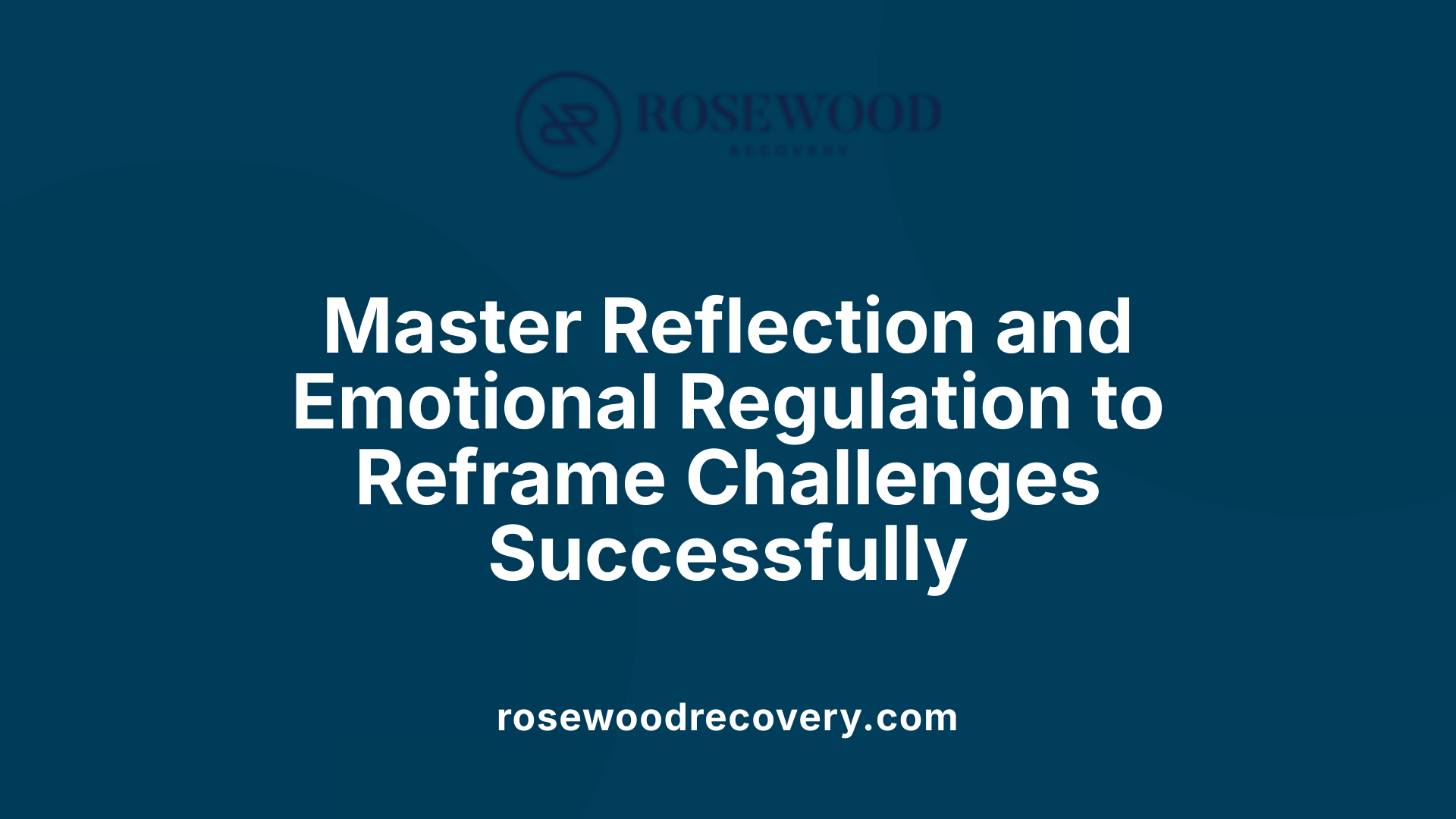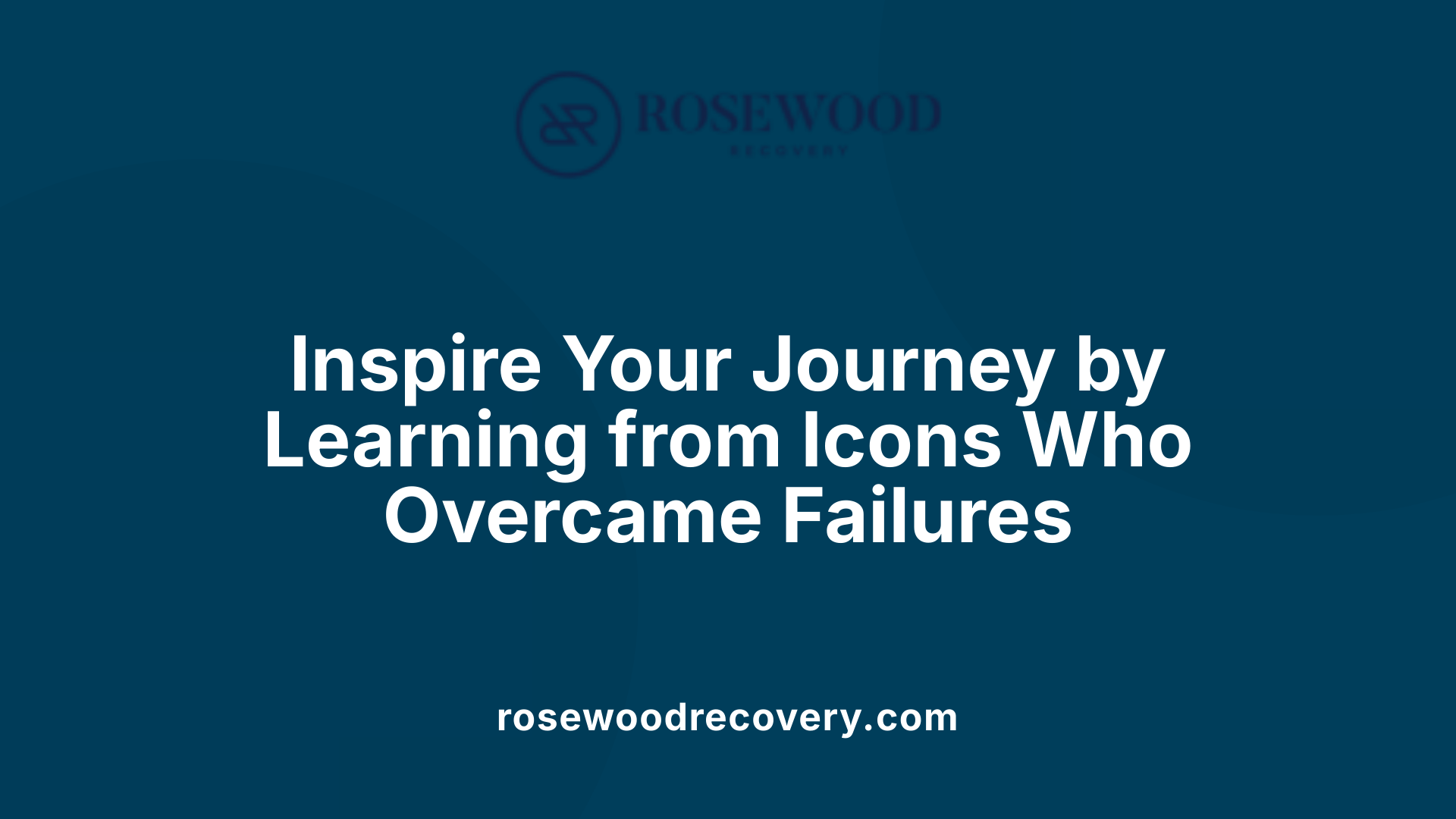Understanding setbacks as catalysts for growth
Setbacks are inevitable experiences that can feel disheartening and disruptive. However, they are also powerful opportunities for self-discovery, resilience, and long-term success. The key to transforming emotional setbacks into growth moments lies in our ability to reframe these challenges—not as failures, but as stepping stones on our personal development journey. This article explores effective strategies rooted in psychological research and real-life examples to help you adopt a growth-oriented perspective and harness setbacks for meaningful progress.
The Psychology of Reframing and Emotional Resilience

The importance of emotional awareness in setbacks
Experiencing setbacks often triggers a range of emotions, including sadness, shame, anger, or anxiety. Recognizing and understanding these feelings is crucial for resilience. Emotional awareness allows us to confront our reactions directly instead of suppressing or ignoring them. When we acknowledge what we're feeling, we create space for healthier responses and prevent negative emotions from overwhelming us.
Practicing mindfulness—paying attention to our thoughts and feelings without judgment—helps us stay present and gain clarity. This pause in reaction provides an opportunity to reflect on what the setback truly signifies, rather than reacting impulsively based on initial emotional responses.
How reframing changes your perception
Reframing is a powerful psychological tool that shifts how we interpret setbacks. Instead of viewing a failure as a personal flaw or an end, reframing invites us to see it as an essential part of learning and growth. For example, missing a promotion can be reinterpreted as a chance to develop new skills or explore different paths.
This change in perspective fosters resilience because it reduces feelings of inadequacy and reinforces the belief that setbacks are temporary and manageable. Historical examples, such as Thomas Edison’s persistent trial-and-error approach to inventing the lightbulb, illustrate how reframing failures as steps toward success can propel us forward.
The role of self-compassion and mindfulness
Self-compassion involves treating ourselves with kindness when facing setbacks, acknowledging that failure is a human experience shared by many. It buffers the emotional pain associated with mistakes and prevents negative self-judgment.
Mindfulness practices—like deep breathing, journaling, or micro-meditations—support emotional regulation. Incorporating these techniques helps us maintain a balanced outlook, making it easier to reframe difficulties positively.
Combining mindfulness with self-compassion creates a resilient mindset. This approach encourages us to accept setbacks without shame, reflect on lessons learned, and move forward with renewed motivation. Research supports these methods, showing they improve emotional resilience, reduce stress, and foster a growth-oriented attitude.
How can I reframe my emotions to better cope with setbacks?
To reframe your emotions and better cope with setbacks, start by becoming aware of your current thoughts and feelings. Practice mindfulness and observe your emotional responses without judgment, acknowledging them as normal human experiences. Challenge negative or unhelpful thoughts by questioning their accuracy and considering alternative, more positive perspectives. Engage in self-compassion and remind yourself of your strengths and past successes to foster resilience.
If you find it difficult to manage these emotions on your own, consider reaching out to mental health helplines or support services listed on trusted health resources such as Alberta Health Services for additional guidance.
The Power of a Growth Mindset in Overcoming Challenges

What is a growth mindset?
A growth mindset is the belief that abilities and intelligence can be developed through effort, learning, and persistence. It’s the view that setbacks and failures are opportunities to learn rather than signs of inadequacy.
This perspective encourages individuals to see challenges as part of the growth process, fostering resilience and motivation. Instead of becoming discouraged by difficulties, those with a growth mindset tend to embrace them as chances to improve and acquire new skills.
How a growth mindset fosters resilience
Adopting a growth mindset significantly enhances resilience—the ability to bounce back from setbacks. When setbacks occur, individuals with this mindset interpret the situation as feedback rather than failure.
They ask themselves questions like, "What can I learn from this?" or "How can I improve next time?" This approach turns obstacles into stepping stones for personal development. It also reduces feelings of shame or inadequacy, replacing them with curiosity and optimism.
By focusing on effort and progress, a growth mindset helps people stay motivated even after failures. This resilience supports persistent effort, emotional recovery, and long-term success.
Examples of a growth mindset in action
- Thomas Edison: Despite experiencing thousands of failures, Edison viewed each setback as a necessary step toward inventing the lightbulb. His resilience and willingness to learn from mistakes exemplify a growth mindset.
- J.K. Rowling: Facing rejection from publishers, Rowling persisted with her writing. Her belief in the story’s potential and willingness to learn from rejection led her to create the immensely successful Harry Potter series.
- Oprah Winfrey: Overcoming personal adversities, Oprah reframed her struggles as opportunities for growth and empowerment. Her resilience enabled her to build a media empire and inspire millions.
How can adopting a growth mindset help reframe setbacks?
Viewing failure as feedback and asking what you can learn from it transforms setbacks into opportunities for growth and development. When setbacks happen, reframing them as learning experiences helps maintain motivation, reduces discouragement, and promotes problem-solving.
What mindset is essential for turning setbacks into opportunities for growth?
The essential outlook involves resilience and a growth orientation. Embracing setbacks as unavoidable parts of leadership and personal development encourages a proactive approach to challenges. It involves:
- Accepting setbacks as natural
- Reframing failures as lessons
- Focusing on long-term objectives
- Taking swift action to adapt
- Communicating openly and honestly with others
- Celebrating small wins to build momentum
- Reflecting on experiences to foster continuous improvement
This mindset fosters innovation, perseverance, and the ongoing pursuit of personal and organizational goals.
Strategies to Effectively Reframe Setbacks

Reflection and lessons learned
Reframing setbacks begins with honest reflection. When faced with a challenge, take time to analyze what happened without harsh self-criticism. Ask yourself, "What can I learn from this experience?" This process helps identify specific areas for growth, such as skills to develop or assumptions to reevaluate.
Engaging in regular reflection—whether after completing a project, during personal milestones, or at the end of each week—creates opportunities to spot patterns and track progress over time. Recognizing how previous setbacks have contributed to growth fosters resilience and a positive outlook.
Manage fear and maintain balance
One of the hurdles in viewing setbacks as opportunities is fear of failure. Managing this fear involves adopting a calm mindset and practicing emotional regulation techniques. Techniques like deep breathing, mindfulness, or simply pausing before reacting can help maintain an even temper.
A balanced perspective means understanding that setbacks are temporary and normal in growth journeys. Instead of catastrophizing, focus on what is within your control and remain optimistic about future efforts. Cultivating a growth mindset encourages curiosity and perseverance rather than frustration.
Valuable insights through regular reflection
Creating a habit of regular reflection is essential. Setting aside time—weekly, monthly, or at project completion—to consider what lessons were learned keeps you aligned with your growth goals.
These periods of review can reveal recurring challenges, strengths, and opportunities for improvement. By consistently framing setbacks as learning opportunities, you develop a resilient mindset that views difficulties not as personal failures but as steps toward success.
Effective Strategies Summary:
- Recognize setbacks as part of learning.
- Reflect on experiences to identify lessons.
- Manage emotions through calming techniques.
- Maintain a growth mindset to foster curiosity.
- Establish regular reflection habits to monitor progress.
Research supports that positive reframing enhances mental resilience and supports ongoing personal development. Viewing setbacks as chances to grow helps you develop traits like patience, adaptability, and confidence, turning obstacles into stepping stones for future success.
Harnessing Success Stories and Examples of Overcoming Setbacks

How can historical examples of overcoming setbacks inspire us?
Looking at the lives of influential figures who faced significant setbacks can be incredibly motivating. Thomas Edison’s relentless pursuit of inventing the lightbulb, despite experiencing thousands of failures, exemplifies perseverance. His persistence shows that failure is often an essential part of innovation and progress.
J.K. Rowling’s journey to success is equally inspiring. Before Harry Potter became a global phenomenon, she faced repeated rejections from publishers. Her story highlights the importance of resilience, belief in one's vision, and reframing rejection as an opportunity to improve.
Oprah Winfrey overcame personal hardships and societal barriers to become a leading media personality and philanthropist. She turned her difficulties into sources of strength, demonstrating how resilience and a growth mindset can propel individuals toward success.
These examples teach us that setbacks are not the end but valuable moments for learning and growth. Embracing failures as essential steps encourages perseverance, sparks innovation, and strengthens emotional resilience. By reflecting on such stories, we can find inspiration to reframe our own challenges, view setbacks as opportunities, and keep moving forward despite obstacles.
Below is a table summarizing these examples and lessons:
| Figure | Setback/Challenge | Response/Action | Lesson Learned |
|---|---|---|---|
| Thomas Edison | Multiple failed attempts to invent the lightbulb | Persisted through failures, learning from each mistake | Persistence and viewing failure as part of progress |
| J.K. Rowling | Rejection from publishers, financial hardships | Maintained belief in her story, improved her manuscript | Reframing rejection as a stepping stone |
| Oprah Winfrey | Personal adversity and societal barriers | Turned challenges into motivation and growth | Resilience and transforming obstacles into opportunities |
These stories underscore the importance of resilience and the power of reframing setbacks as opportunities for success. Integrating lessons from history can strengthen our mindset, helping us face our own challenges with confidence and hope.
Building a Resilient Mindset: Practical Techniques and Daily Habits
What are practical ways to develop emotional resilience day-to-day?
Developing emotional resilience is a continuous process that involves cultivating awareness of your emotions, maintaining a positive and growth-oriented mindset, and building strong social connections. Engaging in healthy daily habits, such as regular exercise, adequate sleep, and balanced nutrition, provides a foundation for emotional strength.
Practicing self-compassion and kindness is essential. Simple acts like speaking kindly to yourself during difficult moments or acknowledging your efforts can boost resilience. This approach helps reduce self-criticism and fosters a supportive internal dialogue.
Another crucial aspect is emotional regulation skills. Techniques such as taking deep breaths, pausing before reacting, and labeling emotions help manage intense feelings. For example, when feeling overwhelmed, several deep breaths can create space for clearer thinking and calmness.
Creating a personal resilience toolkit can make these practices more accessible. This toolkit may include brief mindfulness exercises, positive affirmations, journaling to reflect on emotions, and seeking support from trusted friends or mentors. Regularly using these tools helps respond to setbacks with resilience and adaptability.
Incorporating these habits into daily routines not only enhances your ability to handle stress but also promotes long-term emotional growth. By consistently practicing self-compassion, emotional regulation, and engaging in supportive behaviors, you strengthen your capacity to navigate life's challenges effectively.
The Organizational Aspect: Fostering a Culture of Growth and Resilience
How can leaders foster a resilient and growth-oriented environment?
Leaders play a pivotal role in creating workplaces that thrive on resilience and continuous growth. One of the most effective ways they can do this is by leading through example. Maintaining optimism and openly discussing setbacks without fear of judgment encourages employees to see failures as part of the learning journey.
Creating spaces for open communication and transparent feedback is essential. When team members feel safe sharing challenges and mistakes, organizations foster collective problem-solving and shared learning. These environments promote psychological safety, where innovation can flourish and risks are seen as opportunities rather than threats.
Supporting a culture of experimentation and risk-taking is equally important. Leaders who normalize failure stories—highlighting lessons learned rather than stigmatizing mistakes—anchor resilience at the organizational level. Recognizing small wins, even in the face of setbacks, boosts morale and motivates ongoing effort.
Additional strategies include providing resources for skill development, such as training sessions or coaching, and encouraging collaboration across teams. Such practices nurture both individual and collective resilience, helping the organization adapt to change and sustain long-term success.
Implementing these approaches cultivates an environment that not only recovers from setbacks more swiftly but also drives innovation and growth, positioning the organization for future challenges.
Turning setbacks into springboards for success
By adopting a resilient mindset, engaging in reflective practices, and drawing inspiration from pioneers who turned adversity into achievement, you can reframe emotional setbacks as vital growth moments. Remember, setbacks are not the end of the road but opportunities to build emotional strength, enhance your skills, and move closer to your long-term goals. Embrace challenges with curiosity and confidence, knowing that each obstacle carries the seed of future success.
References
- How to Reframe and Accept Failure As A Path to Growth | Invest EAP
- Reframing Setbacks as Opportunities for Growth - Said Hasyim
- Day 16: Reframing Setbacks - Hinesh Padhiar - Medium
- Turning Setbacks Into Comebacks: The Psychology of Growth After ...
- Setbacks Do Not Erase the Progress You Have Made So Far
- How to Turn Setbacks into Comebacks: A Guide for Leaders
- Be Resilient And Overcome Setbacks By 'Reframing' Them
- How Leaders Can Reframe Setbacks to Encourage Creative ...




